Sore feet? Dr. Alison has some top tips.
Our feet are quite literally put through their paces on a day to day basis. With 26 bones, 30 joints and more than 100 muscles, tendons and ligaments to co-ordinate, often in less than ideal shoes, it’s no surprise that our feet are sore!
There can be a number of causes for the occurrence of foot pain, such as:
Tight calf muscles
Weak foot muscles
Plantar fasciitis
Spending prolonged periods of time in uncomfortable shoes
Previous ankle or foot injuries
My career as a professional ballet dancer helped me understand the importance of balancing strength and flexibility, especially in our feet.
I’d love to share some of my favourite simple stretches and exercises that keep the structures around our foot balanced and sharing the work load. These may be helpful if you have foot issues, such as plantar fasciitis, or you’d like to prevent foot issues.
Foot self massage:
The sole of the foot has a large tendon called the plantar fascia. This area can get tight after long periods of walking or if the foot has been restricted in shoes for long periods. When it is placed under too much strain, you may develop plantar fasciitis.
Rolling out the base of the foot with a tennis ball, massage ball or golf ball (take care not to press too hard if you’re using a golf ball) can be helpful to decrease your risk of getting plantar fasciitis. This can be done while seated with shoes off, using the ball to gently massage the sole of the foot.
Toe taps:
This exercise works on the muscles at the front of the leg that lift your toes when walking, whilst also helping to add length to the achilles at the back and the fascia under the foot.
Find a seat with your knees in line with your hips and your feet under your knees. Keeping your heels on the ground, lift the front of the foot off the ground, and tap it back down to the ground, trying to keep both feet tapping evenly with each other (harder than it seems) with a nice steady pace. It’s fun to try and do this one in time to music.
Calf raises:
These are great for strengthening your toes, feet, arches and your calf muscles…all important for healthy feet!
You can place your hands on a wall to help you balance.
First try rising up on both feet together. Once this feels easy, you might like to try rising up on one leg at at time.
Calf stretches:
There are two large muscles that make up your calf area - the gastrocnemius and the soleus. When these muscles get tight, they can pull on the big ligament under the foot (the plantar fascia) so it is important to stretch them both. See the pic of the stretches.
When you have both knees bent, you are stretching your soleus muscle. You’ll usually feel the stretch in the lower part of the leg, or around the ankle. When you have your back leg straight, you’ll feel the stretch in the middle of the calf. Remember, stretches may feel ‘stretchy’, but they shouldn’t be painful.
Alison goes through all these exercises in a video here.
Want a challenge?
This exercise works on foot control and moves through a number of foot positions helping it target coordination/mobilisation and strength of the foot.
Taking some time to look after our feet can help reduce the occurrence of foot pain.
Remember, these exercises are of a general nature. If you have something more complicated going on, I’d love to help you work through it, so feel free to book in or contact me to chat about how osteo could help.
Disclaimer: This blog is for general informational purposes only and does not constitute the practice of medicine, nursing or other professional health care services, including the giving of medical advice, and no practitioner/patient relationship is formed. The use of information on this blog or materials linked from this blog is at the user's own risk. The content of this blog is not intended to be a substitute for professional medical advice, diagnosis, or treatment. Users should not disregard, or delay in obtaining, medical advice for any medical condition they may have, and should seek the assistance of their health care professionals for any such conditions.





